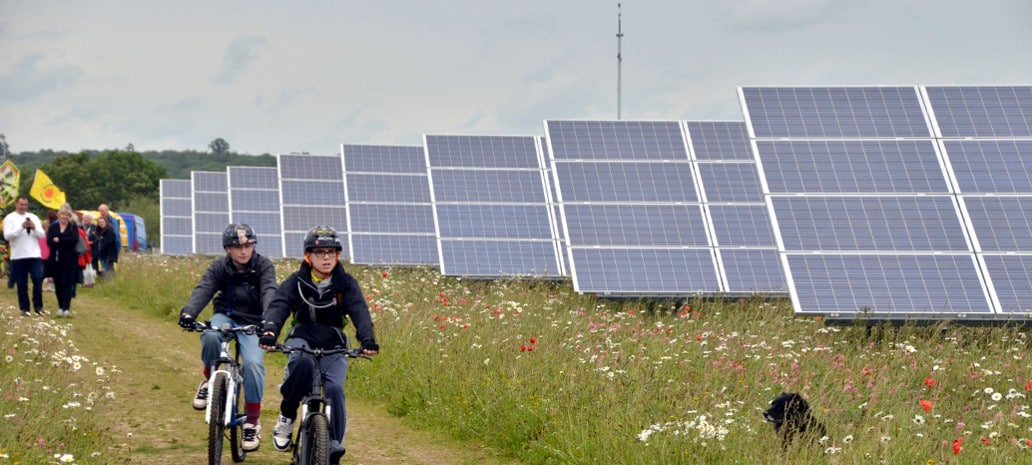Today Commonwealth Edison Company’s (“ComEd”) community solar tariff application will take effect, after being approved by the Illinois Commerce Commission (ICC) in late September. This action is in parallel with the Illinois Power Agency (IPA) posting their Draft Long-Term Renewable Resources Procurement Plan on September 29, and is another step in carrying out the Future Energy Jobs Act, passed and signed last December.
The tariff sets forth that a community solar customer can subscribe to a minimum of 200 watts capacity and a maximum of 40% of the output of a single community solar installation. According to the IPA Draft Plan’s usage of a 17% capacity factor for a fixed installation, that would equate to a minimum purchase of 297 kilowatt-hours (kWh) each year. As the maximum size of a community solar installation is 2 MW and an output of about 2,978,000 kWh annually, the 40% maximum by a single customers about 1,191,360 kWh per year. The maximum by a single customer, defined as a “community parent” would be by the tax identification number. This may leave open the possibility of a larger customer subscribing to more than one community solar installation.
These definitions, along with credit rollover mechanisms, were uncontested by intervening parties Coalition for Community Solar Access, Illinois Solar Energy Association, Midwest Environmental Law and Policy Center, Vote Solar and the Illinois Competitive Energy Association. The prime issue contested was the pricing of the tariff at the energy rate, and excluded the transmission and related charges. Those rates run from about $0.03/kWh for residents down to over $0.01/kWh for non-residents.
Ratepayers pay this amount as well as the energy charge of about $0.07/kWh for residents down to about $0.04/kWh for nonresidents, as well as taxes and miscellaneous charges. ComEd passes on to ratepayers only the cost of energy and earns a return on the transmission charge.
The intervenors contested ComEd on not including the transmission charge on three grounds. One, ComEd’s bill explanation has transmission charges on a kWh basis, not a kW basis. Two, not including transmission charges would be an undue hardship for low and moderate income customers because those subscribers will be considered a greater credit risk by solar developers and would need a higher rate to compensate for this deficiency. Third, the community solar installations’ output would benefit distribution networks.
The ICC staff was supportive of these arguments, but the commissioners of the ICC came down on the side of ComEd, basing their decision on the intent of the original FEJA legislation, which stated energy, not transmission charges. In terms of improved compensation for low and moderate income households, the Draft IPA left open the possibility of adjusting SREC compensation, especially under the “Solar For All Illinois” program, if there is a lack of developer response for this market. There was also a question of indemnification of errors by ComEd, but the ICC felt that the utility’s automated metering systems were sufficient.
It is not certain what further action the intervenors may take in the transmission charge issue. There may also be further issue on the interaction of customers with net metered solar that may wish to supplement any shortfall with a community solar subscription. However, this ruling indicates a major step forward in the implementation of community solar in Illinois.
Update: This article was updated at 2:05 PM on October 9, 2017 to provide greater clarity on financial details. While new information was introduced, none of the existing information was changed.
This content is protected by copyright and may not be reused. If you want to cooperate with us and would like to reuse some of our content, please contact: editors@pv-magazine.com.








An example of who builds, who pays for the build, why buys the energy and pays for it, and how individual customers partake in a Community Solar project would be most helpful, here. This story starts in the middle, and makes no definitions.